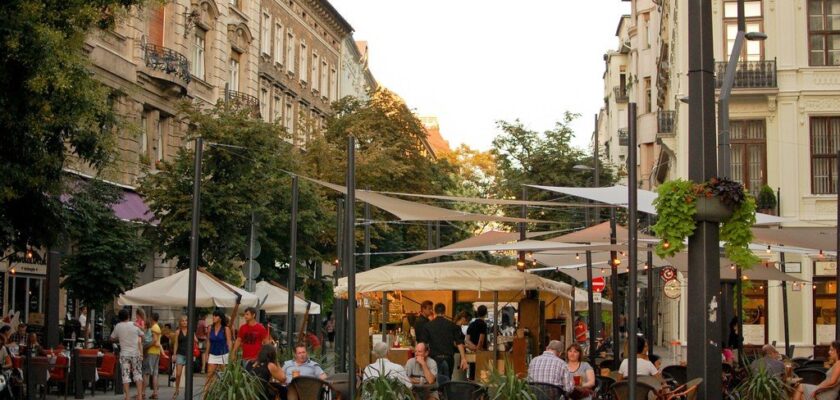Vaci Street
Váci Street (Váci utca) is one of the most famous sights of the Hungarian capital. Starting at Vörösmarty Square in the center of Budapest, it ends at another square, Fövam, located at the famous covered central market built back in 1897. Váci Street, the main street in the historic district of Belvaros, is 1.2 kilometers long – just like Moscow’s Arbat. But the similarity is not limited to this: “Hungarian Arbat” – and it is called just that – is just as popular with tourists and is also the main pedestrian street of Budapest.
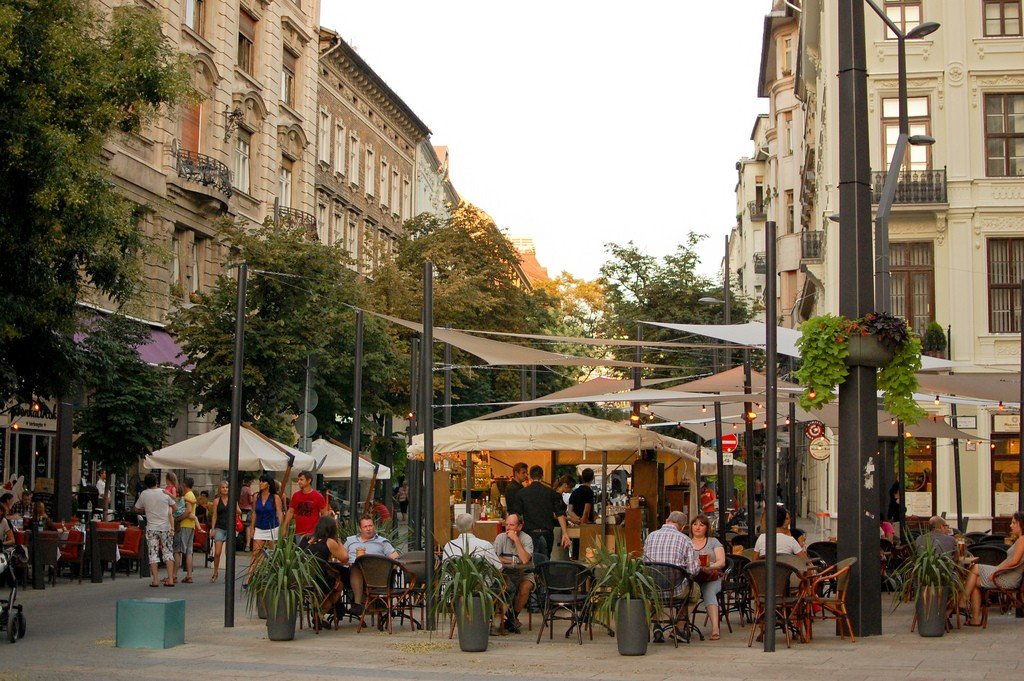
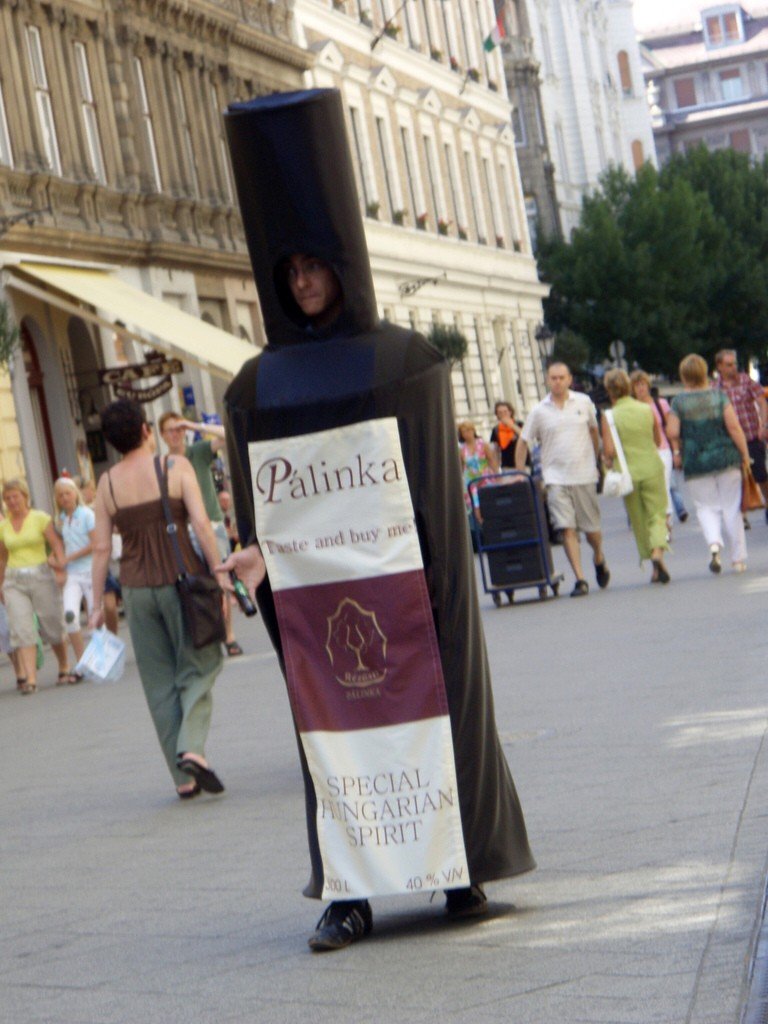
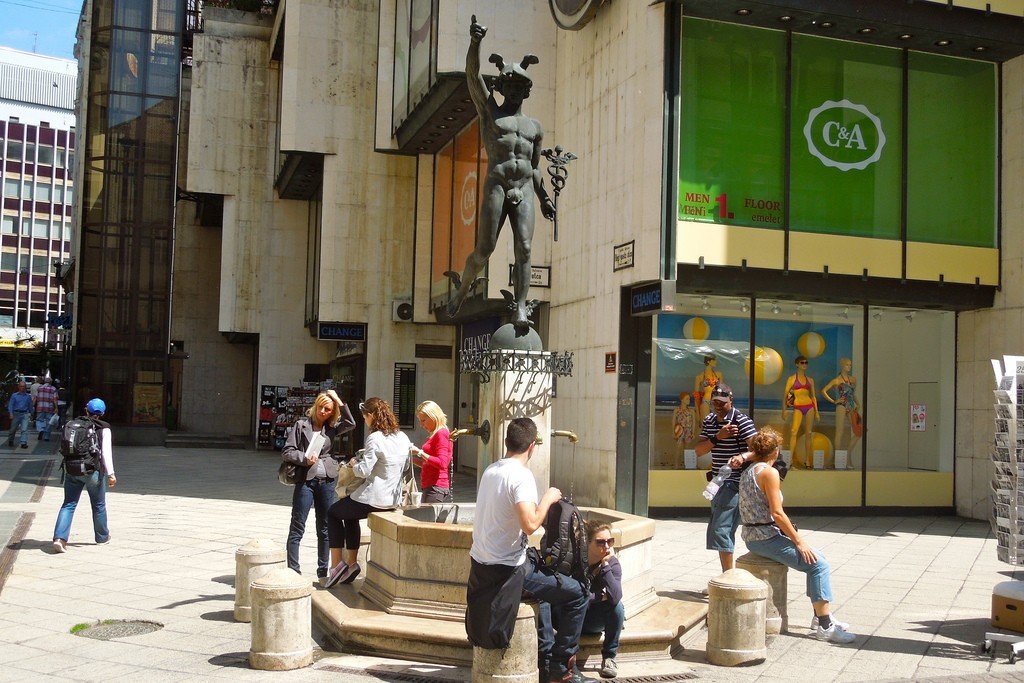
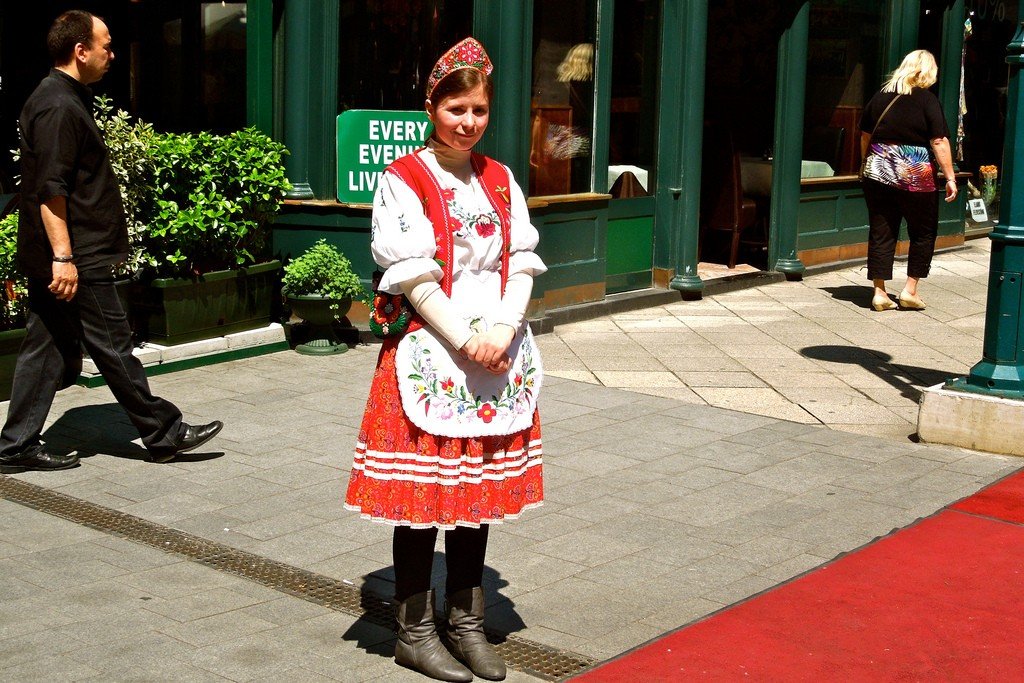
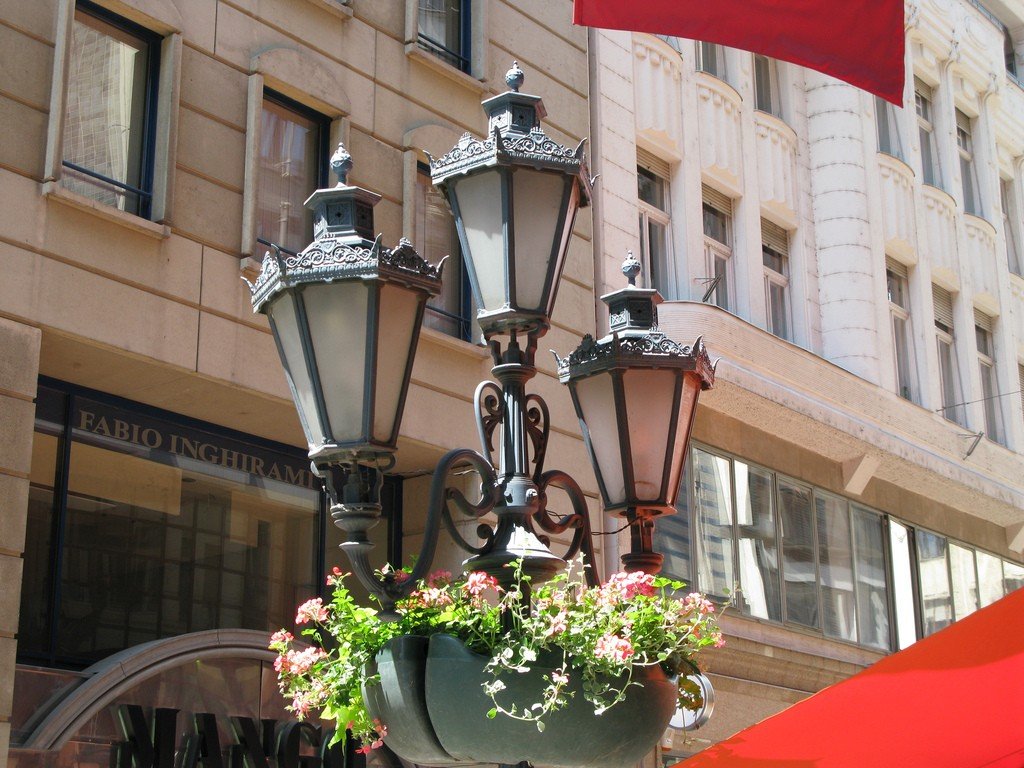
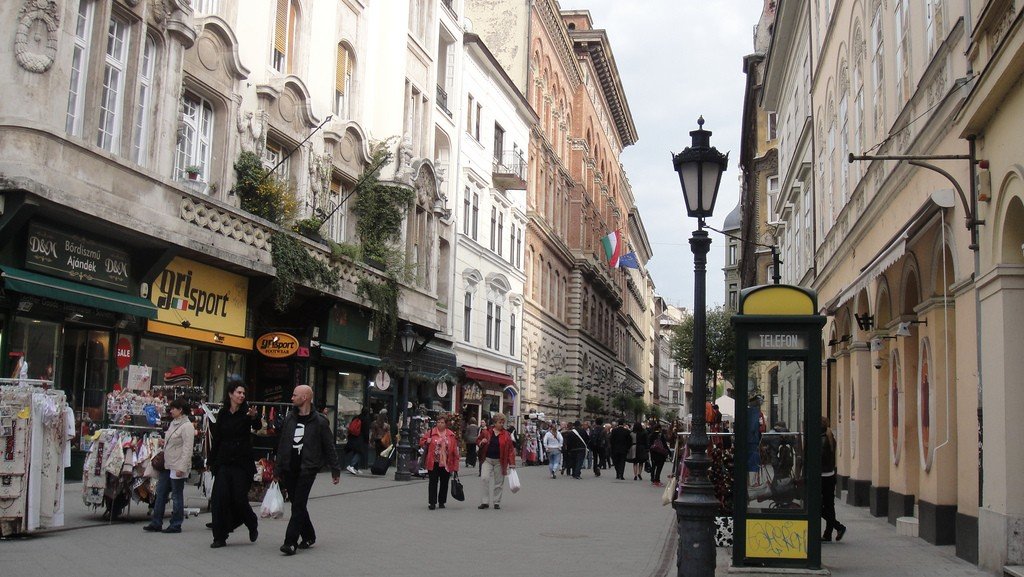
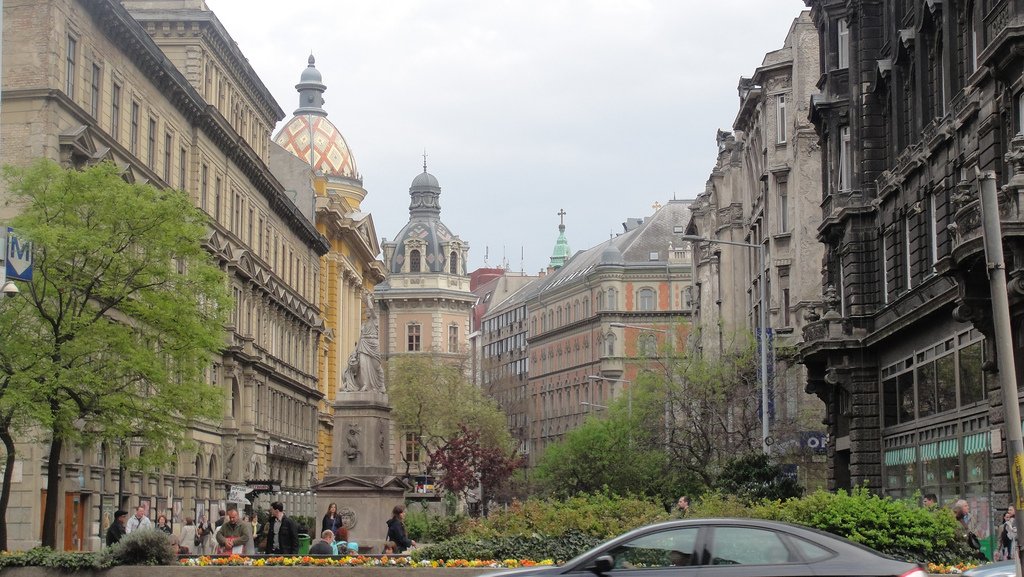
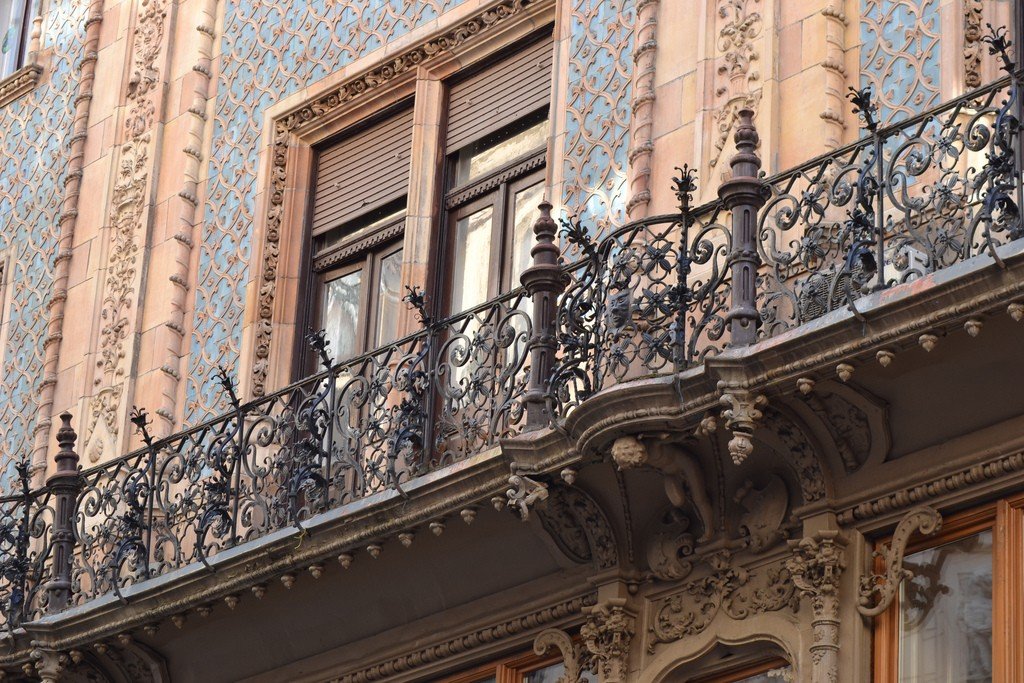
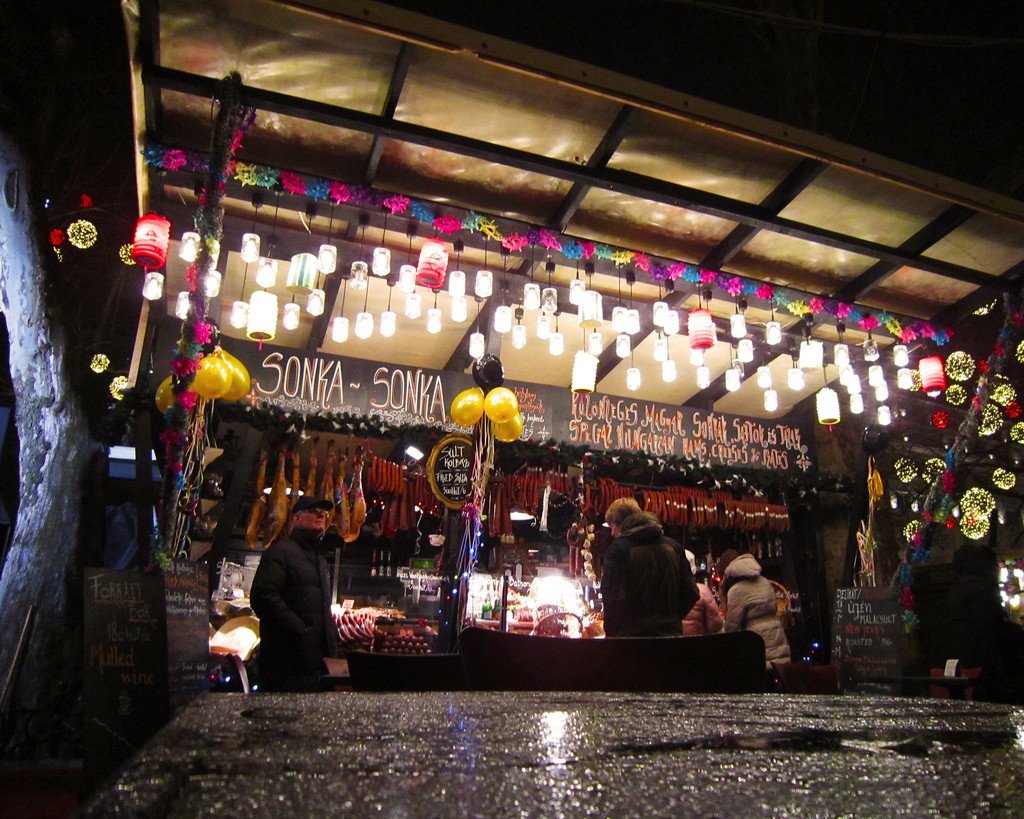
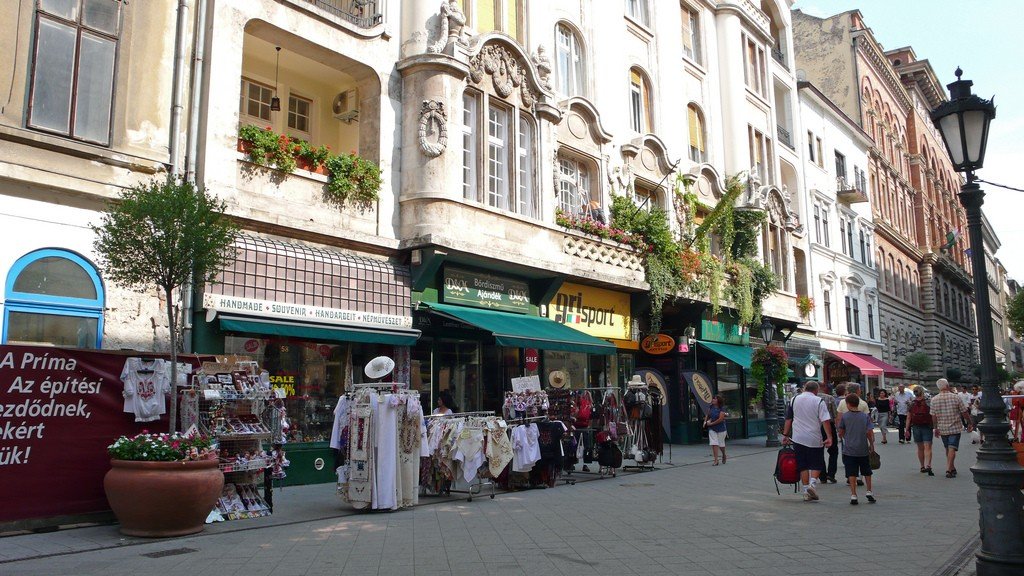
- General information
- History of the appearance of Váci Street
- The best place to walk and shop
- “Hungarian Arbat”: Today’s day
- Store opening hours
- How to get there
General Information
Life on Vaci is literally boiling: there are always a lot of people and, consequently, very lively – someone strolls leisurely, admiring the beautiful views of the buildings, someone, on the contrary, hurries to get around all the stores and boutiques, of which there are many. And here you can also feel, especially in the cool evenings, the refreshing breath of the Danube, flowing quite close, about 200 meters away. Running parallel, Váci Street and the great European river seem to compete with each other, who is “faster” than whom. And the “Hungarian Arbat” always wins in this race, because while the river may slow down at times, the flow of people here never does!
.History of the appearance of Váci Street
Váci’s past goes back to the distant Middle Ages. Its predecessor was a street later named after Ferenc Deák, a prominent politician and father of the 1867 Austro-Hungarian agreement on the establishment of a dualist monarchy. It ran along the city wall and passed through the Váci fortress gate leading to Vörösmarty Square.
.
At that time the length of the street was 1300 meters, which was equal to the length of the city. But its further prosperity and development was hindered by the Turkish occupation, which severely damaged the whole country. This time has gone down in history as the period of Ottoman Hungary. Váci Street was finally restored by the end of the XVII century. Houses here were sold very cheaply, virtually for nothing. But on condition that the first settlers, who were not only Hungarians, but also Germans and Greeks, would complete the repairs in the dilapidated buildings themselves and at their own expense.
.Best place for walking and shopping
Vaci Street became the main thoroughfare of Pest in the early 18th century, when it, still a separate city, regained its autonomous status. The future capital’s “Arbat” was gradually expanded and ennobled, becoming by the end of the century not only the busiest but also the most prestigious shopping street. The old mansions, which are under the protection of the state, remind about that epoch of formation even today. Among them is the former inn (now House No. 9), where Wolfgang Amadeus Mozart himself gave a concert. The great composer was only 11 years old at the time.
.In the XIX century, local newspapers repeatedly wrote about this street as the best place for walks, during which one could, as they say, show oneself and look at others. Such strolls almost resembled social gatherings: in the communication of those walking with each other there was always a moment of showing off their outfits. And both from the ladies’ side and from the representatives of the stronger sex. In addition, the local aristocracy also updated their closet here, as Váci was already the center of the best stores.
.
During the Second World War it was not spared from bombing, but fortunately the destruction was not widespread. Restoration, however, was rather slow, and all the work was completed only by 1964. Despite the fact that Váci Street was widened after the Turkish invasion, it is still quite narrow by modern standards. For this reason, not only stores but also entertainment venues are arranged in two or three stories.
.“Hungarian Arbat”: today’s day
To simply say that Váci Street is known far beyond the country’s borders is to say nothing. It is so popular among tourists that many return here again and again. The love for this beautiful place with a special atmosphere, where history and modernity are intertwined in a marvelous harmony, is quite understandable. And it’s not just the presence of various stores: as they say, shopping is not just about shopping… The “Budapest Arbat” is home to many galleries and exhibition centers promoting contemporary Hungarian art. Among them is the István Csók (István Csók) gallery. There are some expensive hotels as well.
True connoisseurs of antiquity will not be left out. Even a simple walk along the cobblestone sidewalks can mentally transport you to the distant Middle Ages. And if you look up at the buildings decorated with mosaics and cast-iron decorations, not to mention the fences, sewer manholes and even urns made in the elegant old style, you can’t help but believe in the existence of a time machine.
.Many tourists come to Budapest for shopping. The question of whether to head to a large shopping center or to go shopping on the main pedestrian thoroughfare of the capital is not even a question: of course, here, on Váci Street! The variety of its outlets is amazing. Here you can find both stores of world retail chains (e.g. Benetton, Zara, H&M and others) and prestigious tailoring stores – real designer studios. In them you can order not only clothes, but also the manufacture of various interior items, as these studios are multi-profile. Never remain without buyers and retail outlets offering antiques, as well as vintage, where you can buy things “under the antique”. As for the prices, they are in local stores and supermarkets for every wallet.
.
Vaci can be divided into two halves, the conventional boundary between which is the Elizabeth Bridge. In the northern part, the first floors of the buildings are occupied by upscale stores, there are many cafes and restaurants, and therefore it is always full of tourists. The most famous pastry shop in the capital, Gerbeaud, is also in this part of the street. One of the old houses, which is decorated with sculptural ceramics, houses the flower store Philantia. “Arbat” in Budapest is also famous for being the first McDonald’s in the Hungarian capital.
.
The southern part is more “quiet”, the shops here are not the largest, and the prices are quite democratic. It is also notable for its more pronounced, let’s say, historical atmosphere. There are more old buildings and museums here. One of the houses – #43 – was once visited by Swedish King Charles XII, as evidenced by a bronze plaque on the facade. The underground passage houses the Budapest Gallery’s exhibition hall and an exhibition of old photographs. And at Váci utca, 47b is the small church of St. Michael. It is known not only as a functioning Catholic church, but also as the site of the annual fall music festival.
.Shop opening hours
Shops located on Váci Street are open from 10:00 to 18:00 on weekdays and until 13:00 on Saturday. Stores located in shopping centers receive customers on Monday-Saturday from 10:00 to 21:00, on Sunday – from 10:00 to 18:00. Some large supermarkets are open 24 hours a day.
.How to get there
You can get to Vaci Street by public transportation. Streetcars Nos. 2, 47 and 49 stop right at its end. The bus route No. 15 runs parallel to it, near the Danube coast.
.
Many people prefer the metro. The nearest stations are Vörösmarty tér (“orange” branch of the M1) and Ferenciek tere (“blue” branch of the M3)..There is a parking lot a few meters from Váci utca, so you can also get here by car (your own or rented).
.Another option to get here is to take a ferry on the Danube.
.
